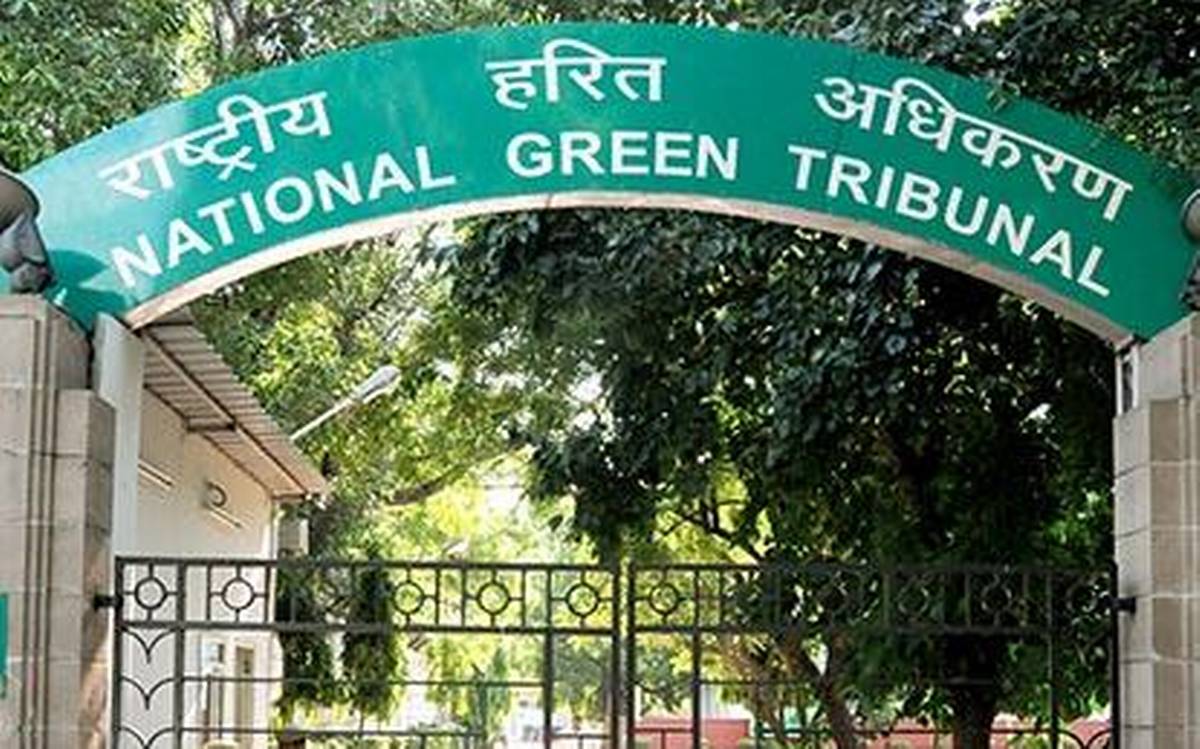In her petition, Fernandes had stated that Margao National Highway Western Bypass has already been built from Nuvem village in South Goa to Seraulim through wetlands and agricultural land.
The National Green Tribunal (NGT) has directed that a 10-member joint committee be formed to examine feasibility of the construction of a four-lane highway in South Goa that would require filling up of ponds and wetlands — or ‘khazan land’, as they are called locally.
“There can be no doubt that waterbodies, wetlands, mangroves and other natural resources need to be protected. While construction of a road may be a necessity, such construction should not result in destruction of biodiversity and other environmental resources, including waterbodies and wetlands. Floodplains of river Sal also need to be protected,” the tribunal observed in a petition filed by activist Royla Fernandes.
In her petition, Fernandes had stated that Margao National Highway Western Bypass has already been built from Nuvem village in South Goa to Seraulim through wetlands and agricultural land. The petitioner stated that 2.75 km from Seraulim to Varca, yet to be constructed, will destroy a large area of wetlands, agricultural lands and waterbodies of these villages.
The petition stated that residents of villages in Seraulim and Benaulim had opposed construction of the four-lane highway on earthen embankments, contending that this would cause flooding and inundation of houses in and around the villages. They had demanded that the highway be constructed on stilts instead.
The highway is being constructed by Goa government and the Union Road Transport and Highways Ministry, which that will bear Rs 133 crore and Rs 40 crore of the project cost, respectively, the NGT noted.
Fernandes also stated that the national highway will cut through the plains of the Sal, and water catchment areas of the Benaulim village.
The tribunal noted that a joint inspection was carried out on December 12, 2019, and a report was submitted by Director, Agriculture on December 20 that year. The report stated that large-scale land filling had been done for construction of the western bypass, sewerage water was diverted that caused waterlogging of sewerage water that affected coconut trees, paddy crop and ground water. “If the bypass is built on stilts, there will be no water logging…” the report stated.
The five-member tribunal led by chairperson Adarsh Kumar Goel observed that prima facie there was a case for consideration and ordered the 10-member joint committee to be set up.
The NGT stated that the joint committee must include members from the state-level Environment Impact Assessment Authority, Public Works Department, Goa Coastal Zone Management Authority, Collector South Goa, Water Resources Department, state Pollution Control Board and representatives from the National Wetland Authority and the Forest Department. The tribunal said the committee should hold a meeting in two weeks, after which it should prepare and execute a plan of action.
The committee should visit the site and submit an action taken report to the NGT in three months.



































